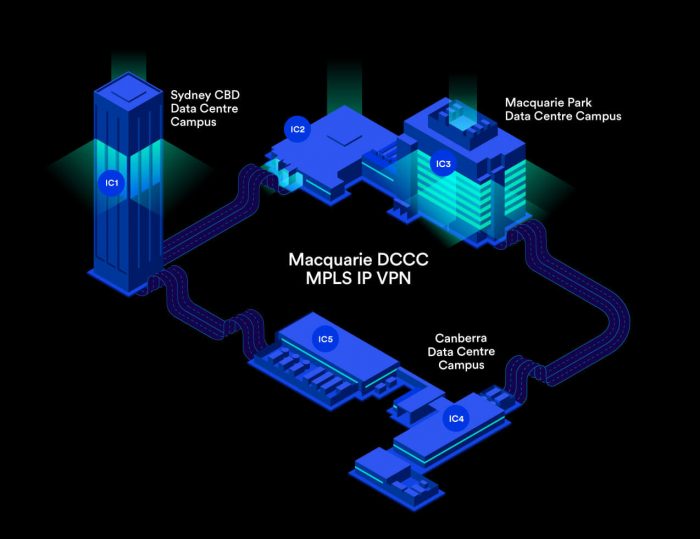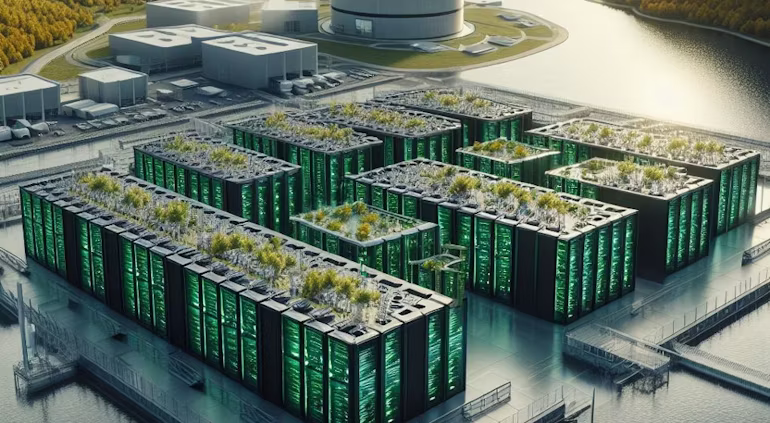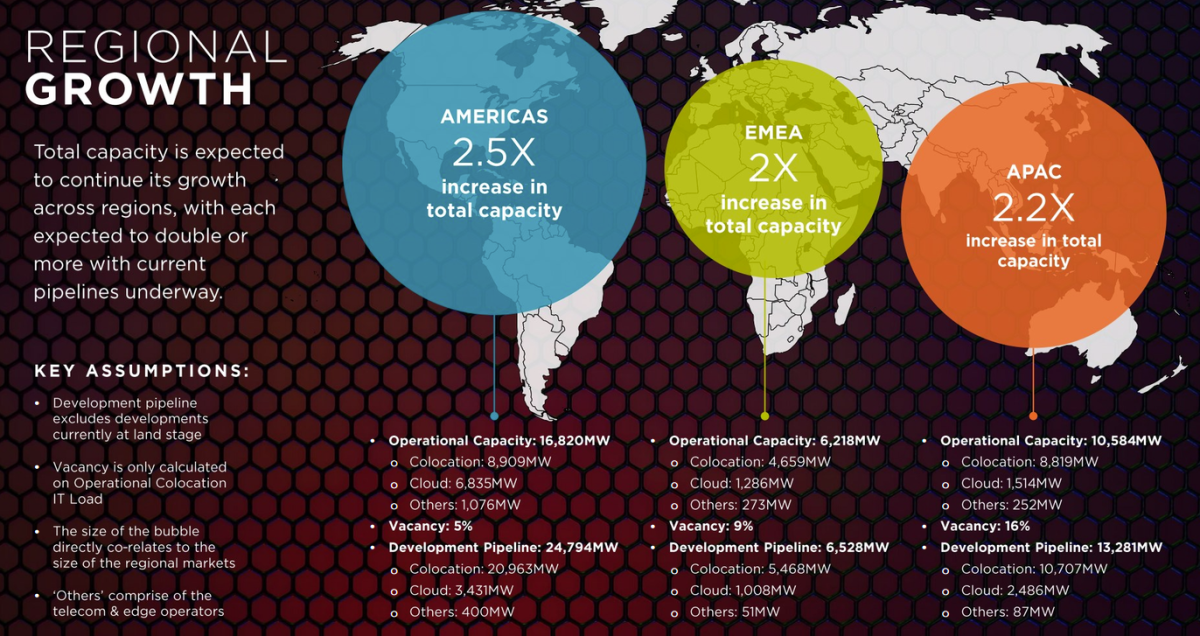Energy and AI: Australia’s Challenges
05th July 2024
“ Around us everything is spinning, everything is moving, everywhere is energy…”
Nikola Tesla
Australia, like the rest of the world, is on the brink of a technological revolution. Artificial intelligence (AI) and cloud computing are poised to redefine the nation’s digital landscape.
That said, there are pressing questions about our energy infrastructure’s ability to keep pace with the ravenous demands of AI data centres. Driven by global tech giants, sprawling data centres present both a monumental opportunity and a formidable challenge. Australia’s future hinges on how we navigate this complex intersection of technology and energy.
Despite the deceptively placid AI and data centre profile in Australia, there has actually been a staggering influx of investments in the country’s data centre infrastructure. Microsoft, for example, has made a $5 billion commitment to expanding its data centres across South-Eastern Australia, as demand continues to grow for the American behemoth’s cloud computing services. This expansion, the largest ever by Microsoft in Australia, will boost its computing capacity nearly threefold over the next 2-3 years.
Local player Macquarie Technology Group is also pumping money in, with its $350 million IC3 Super West data centre. These big investments are not just about meeting current demands – they are critical for accommodating the future needs of AI, which is more becoming closely woven into our work and personal lives every day.
The question is this: Is Australia ready to support this growth intelligently and sustainably?

Macquarie Technology Group is spending $350 million on a large new data centre. (Image Source: Macquarie Technology Group.)
The energy demands of AI and cloud data centres are colossal. These ‘data factories’ are notorious for sucking up electricity, and with AI applications requiring ever more computational power, the strain on Australian energy infrastructure will only intensify. The International Energy Agency’s prediction that global power demand from data centres could surpass 1,000 terawatt-hours (TWh) by 2026 is mind-boggling, because that’s equivalent to Japan’s current electricity consumption.
Tech companies are working furiously to explore innovative solutions, including thermonuclear fusion and small modular nuclear reactors. However, many gnarly problems remain. The feasibility of such technologies remains uncertain and the target of much scepticism. Their implementation could be years, if not decades, away – at least according to the critics.
In the meantime, Australia needs practical and immediate solutions.
Australia’s track record with renewable energy projects is littered with missed opportunities. For example, Enviromission, a pioneering Australian company that developed groundbreaking solar tower technology, chose to build its first major project in Arizona in the US rather than on home soil. Why? Because the Australian government lacked clarity and heft with its incentives. This is merely one sad example of how bureaucratic inertia and lack of vision can derail promising domestic initiatives.
Australia cannot afford to repeat these mistakes. The Federal Government needs to provide robust, unambiguous support for renewable energy projects capable of supporting the AI revolution on Australian soil, ensuring that innovators and investors have the confidence to commit to large-scale developments.
Projects like Noor Energy in the UAE, the world’s largest single-site solar thermal power plant, offer a blueprint for what’s possible in Australia. The Noor plant’s ability to store energy and operate at full power for up to 15 hours after sunset is precisely the kind of innovation we need, and it is well within Australia’s capabilities.
Despite the political and environmental questions, judiciously exploring nuclear options is also vital. Small modular reactors (SMRs) look like a promising avenue, offering a scalable and potentially more palatable form of nuclear power. For example, Tractebel (part of the giant French engineering group ENGIE) is building SMRs for big data centres.

SMRs (upper part of the image) are expected to become a popular solution for the energy needs of large data centres. (Image Source: Tractebel).
Energy storage solutions are crucial. Technologies like lithium-ion and iron-air batteries can help balance supply and demand, providing the stability our grid needs. In addition to the market giant Tesla, companies like Fluence Energy are also leading the way. These players and their fast-evolving tech will be instrumental in working out solutions to the intermittent nature of renewable energy sources.
Australia’s power grid infrastructure needs modernising, and we should have started work on this seriously decades ago. Upgrading and expanding the electricity grid is critical to accommodating the increasing load from data centres. Advanced grid management technologies already exist that can enable the grid to handle large quantities of new energy. Without these upgrades, which need political will to get rolling, even the most ambitious energy projects will fall short of their potential. That is unacceptable at this stage.
Regulatory certainty is essential, both for attracting investment and enabling long-term planning in the energy sector.

Global Data Centre Growth. (Image Source: Cushman & Wakefield 2024).
The intimate relationship between AI growth and energy availability presents unique and much-needed investment opportunities. Unsurprisingly, Stephen Schwarzman, the CEO of Blackstone, has flagged the “explosion” in data centre construction as a huge investment opportunity.
This demand spike arrives at a time when global power grids are already under strain, transitioning from fossil fuels to cleaner (or at least relatively cleaner in many instances) energy sources. The commitments of hyperscalers like Amazon, Apple, Alphabet, Meta, and Microsoft to zero carbon or 100% renewable energy are driving the development of new energy projects in the bellwether American market as well as elsewhere.
That said, the development of new energy technologies, such as fusion and SMRs, faces technical and financial hurdles. If we go by historical precedent in similar situations, it may come down to sheer grit and hunkering down on the basics to forge ahead: continued and relentless research, unlocking of investment, and supportive and sensible government policies.
Australia must act decisively and strategically. The country’s ability to navigate these challenges and seize the opportunities will determine Australia’s position as a leader in the global AI economy and the closely related renewable energy economy. The steps Canberra and corporations take today will shape Australia’s future as the world enters truly unpredictable terrain.
At MyTreasur-e, we keenly track technical, social, economic, and financial trends that can impact our customers. Our passion for anticipating and managing risk in all its forms is what accounts for our customers’ satisfaction with our cutting-edge treasury and risk management solution.

